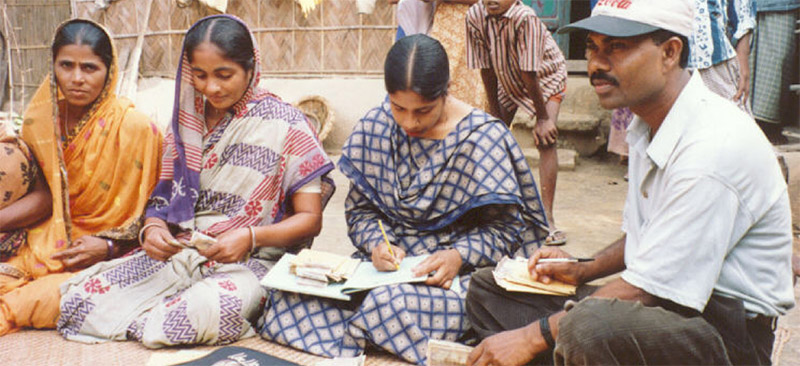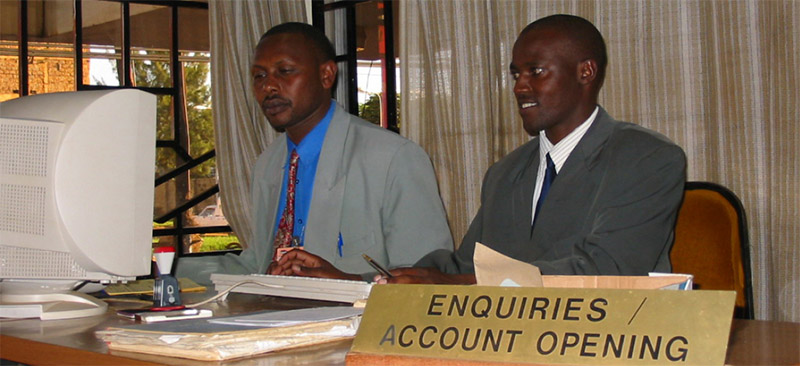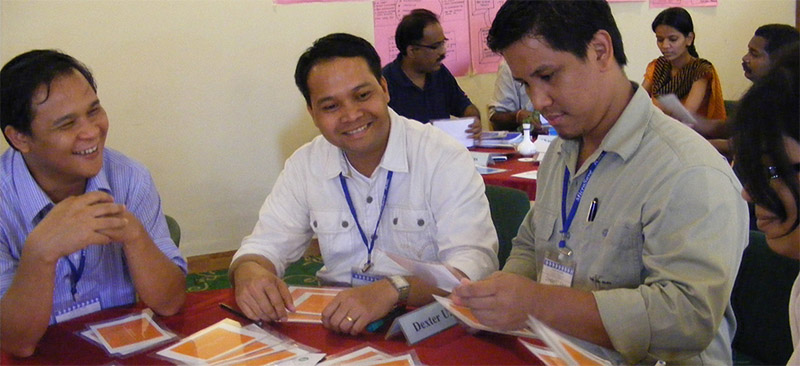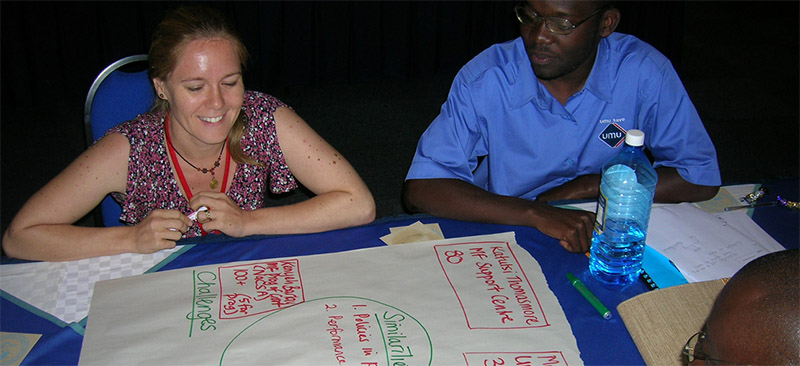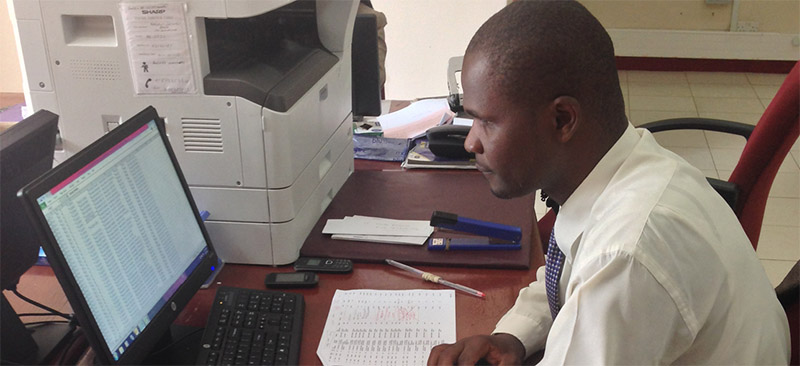In early 2004, Grameen field staff began using revised guidelines to determine whether applicant households qualified as poor enough to become members (that is, eligible to borrow from the bank). The new guidelines maintain the focus on land and asset ownership that has always characterised Grameen’s means test (and been copied by most MFIs in Bangladesh). However, the new wording strengthens these rules by clarifying some ambiguities in their interpretation, and amplifies them by adding a note on the kinds of people who should be prioritised in the search for new members and who should not be considered for membership. This note explains the intricacies of these new guidelines and offers three criticisms of the new methodology: 1) the specified levels are set too low, resulting in too restricted a pool of eligible applicants; 2) they are in practice unworkable, leading field workers to find ways around them; and 3) they represent a missed opportunity to construct a useful database on membership.
Blog
Cooperatives – The Flawed Gem of Indian Rural Finance
This note discusses the vast networks of cooperatives in delivering financial services in India. The overall financial performance of the cooperatives is weak when compared to commercial banks in India. The note identifies the reasons of the weak links in the cooperatives which are primarily related to governance, restrictive membership and voting rights, dominance of borrowers in the board, lower lending rates of PACS (well below the market rates), high transaction costs owing to business model issues, overstaffing and salaries unrelated to the magnitude of business. It suggests improving the governance and management of the cooperative network including its basic systems and procedures as a critical support for its success.
Branch Based Marketing
This note discusses the role of branches as a marketing point for identifying prospective customers, determining their needs and matching products/services to these needs. It also details out the benefits of branch based marketing which extends to increased profits, enhanced efficiency, increased responsiveness, more customised services, and refined monitoring. It provides lessons from Kenya and Uganda on successful branch based marketing. It chalks out steps for establishing branch based marketing—training, action planning, implementation, monitoring and review. The note finally cautioned about customer centric products and services designed and delivered in an efficient and customer friendly manner to fully leverage the potential of branch based marketing.
Loan Portfolio Assessment in Practice
This note talks about the significance of loan portfolio audit as an essential feedback to the stakeholders in order to understand the risks in the MFI’s loan portfolio and the systems/procedures used to mitigate this risk. It explains in details the process for conducting loan portfolio audit which includes sample selection, verification of loan management processes and documentation to check for consistency and completeness, and looking at portfolio management policies, systems and procedures in relation to international best practices. The note also brings forth the issues arising out of a loan portfolio audit like non existence clients, mismatches in records, rescheduling and practices without management’s approval.
Human Resource Management for Growing MFIs
This note provides examples of human resource issues to consider during growth phase of microfinance institutions. Primarily it focuses on developing clear cut organisational structure, new communication channels, recruitment and hiring needs, training and staff development, performance management and development of the institutional culture. It also reminds that understanding and managing the MFI’s institutional culture and keeping the mission and values front and centre is crucial for a growing MFI. It concludes that by building strong, well functioning human resource systems and tools, an MFI would be well poised to meet the demands of growth, manage the challenges of an evolving environment, and respond to the needs of clients.
Issues in Mobile Banking 2: Regulatory and Technical Issues
This note sheds some lights on the issues related to regulation requirements or in some cases lack of understanding/interest of the central banks, in implementing mobile banking by financial institutions. It highlights the significance of access to payment systems, which is a key barrier in many countries. Then the anti money laundering norms, which require face to face interaction with the account holder, in many countries is a challenge faced by service providers. Furthermore, regulation may be a factor in the services that can be offered by an agent and the ability to manage operational and reputational risks, which this note points at, succinctly. The note also reviews the system requirements, which would be dependent on regulatory environment, functionality, availability of secure infrastructure & handsets, sophistication and lastly but importantly the customer affordability.

